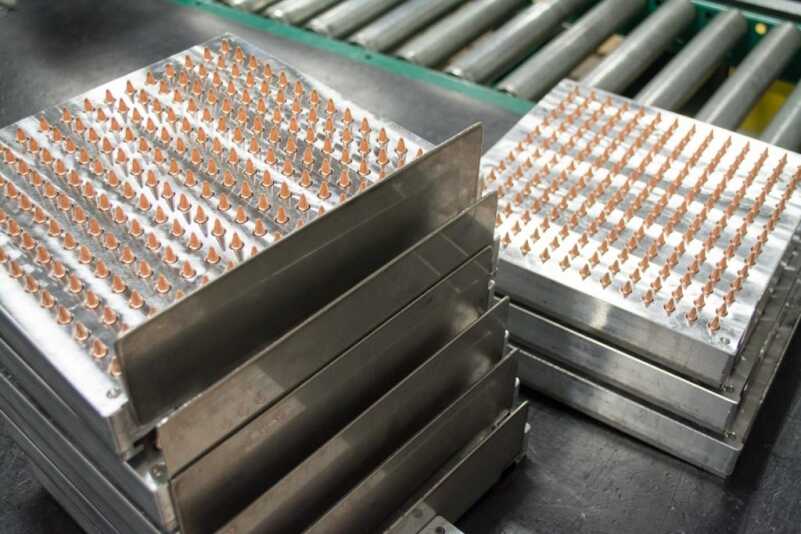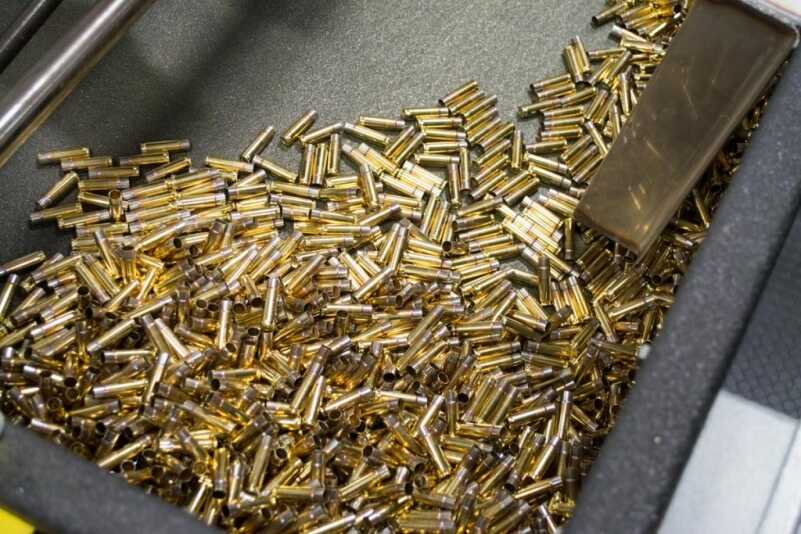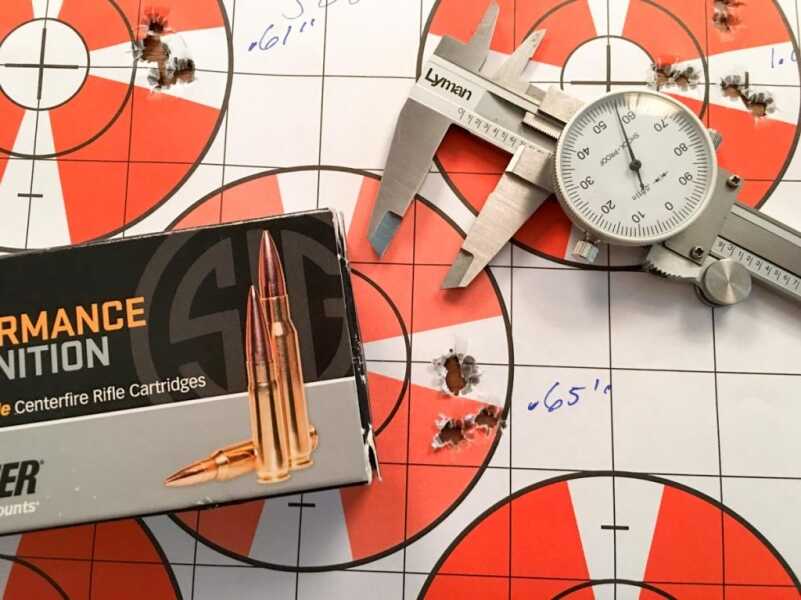
Sig Sauer’s 300 Blackout 125-grain Supersonic ammo.
For more information, visit https://www.sigsauer.com/ammunition/.
The Sig Sauer Ammunition folks have been somewhat busy the past couple of years. Entering the ammo business a couple of years ago, they started with a few assorted pistol calibers. Now, they offer dozens of loadings including .223, .308, .300 Win Mag, and yes, 300 AAC Blackout. Heck, they’re even making revolver ammo like .38 Special, .357 Magnum, .44 Special, .44 Magnum and even .45 Colt. I don’t recall seeing too many Sig Sauer .45 Colt revolvers at my local range, so apparently the ammo team isn’t limiting themselves to Sig guns.
We tested the Sig Sauer 300 Blackout Subsonic ammo a while back, so we figured it was time to report on the 300 Blackout 125-grain Supersonic load. Sig also makes an expanding 120-grain hunting round called the HT, but we’ll cover that in a future story.
The supersonic load is match grade and is tipped with a 125-grain Sierra Matchking projectile. Technically, like most Sierra Matchking rifle bullets, it’s a hollow point, or more accurately, Open Tip. However, that’s more of a manufacturing convenience and accuracy aid, and it’s not intended to expand, nor will it. These bullets are meant to fly straight and stay together. This supersonic round features a pointed meplat projectile design to help ensure maximum velocity retention. The intended result is flatter trajectories and more energy on target.
I shot a goodly supply of this ammo through a Daniel Defense DDM4v5 300 Blackout rifle. It’s got a 16-inch barrel and has proven itself to be an accurate shooter, so I figured it would give me a decent indication of the consistency of the Sig Supersonic Blackout load. I did all the shooting with a SilencerCo Specwar 762 suppressor, because, why not?
I toured the Sig ammo factory in Eubank, Kentucky last year and saw first-hand how finicky those people are about consistency. Sig loads ammo using a tray system, so 210 rounds are processed at once for each step of the loading process. They’ve designed and built all sorts of consistency and quality checking technology into their process that makes use of laser, optics, scales and human eyeballs to check and verify every dimension and weight throughout the process. Where that attention to detail should become apparent is on the range, so I did some velocity and accuracy testing.
First, I set up a Shooting Chrony Beta Master Chronograph 15-feet down range to check velocity and consistency. I fired 10-shot strings so I could get some meaningful extreme spread and standard deviation data. My overall average velocity worked out to be 2,074.8 feet per second from the DDM4v5. The slowest round moved at 2,031 feet per second while the fastest clocked at 2,115, so the extreme spread was 84 feet per second. If you do the fancy math, standard deviation worked out to 23.14.
I had a 50-yard range available, so I also fired five-shot groups to get an indication of accuracy from this particular rifle and ammo combination. Again, this ammo showed great consistency. Out of the Daniel Defense DDM4v5 rifle, I got groups in the .6-inch range. I was using a Trijicon ACOG 300 Blackout optic with fixed 3x magnification, so precision was a bit limited by the sight picture. With a higher magnification optic, I’m confident I could have shrunk the groups without too much trouble.
Business must be going pretty well for Sig Sauer Ammunition as they just announced plans to relocate their ammo manufacturing facility to a larger facility in Jacksonville, Arkansas that offers more room for expansion. That plant should be open and running by the end of 2016.
“We have been searching for a permanent relocation site for our ammunition division for several years and now, coupled with an excellent physical location and exceptional economic incentives provided by the State of Arkansas, we have found the ideal site,” said Dan Powers, president of the SIG SAUER Ammunition Division. “The new location in Jacksonville gives us the room we need to expand as we continue to grow and is also beneficial from a shipping and logistical standpoint. SIG SAUER is committed to becoming a major player in the worldwide ammunition markets. Our advanced technology will allow SIG SAUER to design and develop world-class, precision-performance ammunition, and our new facility will ensure room for even more state-of-the-art equipment, and a much larger ballistics test lab to facilitate our manufacturing and R&D processes.”
MSRP for a box of 20 is $25.95 but you can find it for about 20 bucks if you shop around.




Sig ammo (125 and 220) won’t cycle in my rifle. No kickback. Shoot Winchester (147), and it cycles fine. Has a lot more kickback.
.300 AAC Blackout beats the 5.56 x 45 out to about 250 yards in range since it has about double the bullet weight. I decided on this being my next rifle as there are so many AR-15 rifles out there and standard thirty round AR-15 magazines run around $10 to $19 in price currently.